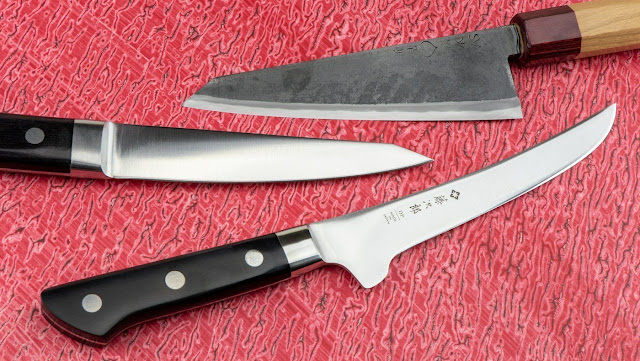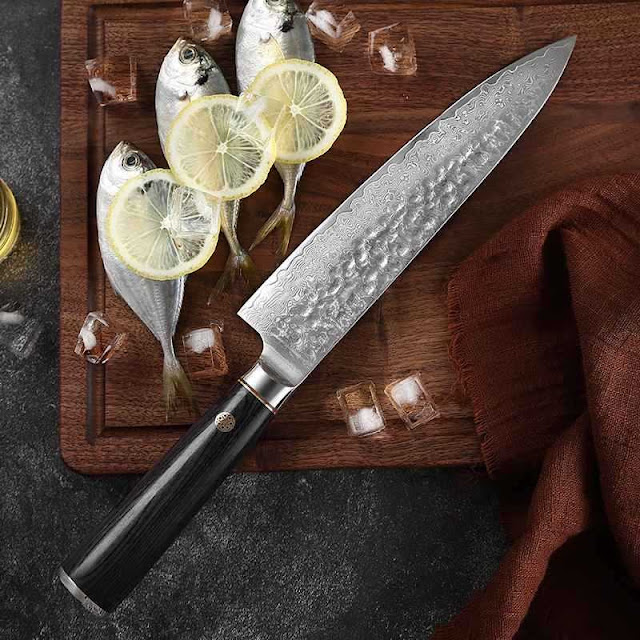Cutting Edge: A Guide to Knives in New Zealand
New Zealand is known for its diverse cuisine, and having the right knives in your kitchen can make all the difference when it comes to preparing delicious meals. From filleting fish to carving roasts, there are a variety of knives available that are tailored to specific tasks. In this blog post, we will guide you through the different types of knives in New Zealand and help you choose the best one for your needs.
Chef's Knife
A chef's knife is a versatile kitchen tool that can be used for a variety of tasks, including chopping, slicing, and dicing. It has a broad, curved blade that makes it easy to rock back and forth while cutting, and is ideal for slicing large cuts of meat or vegetables. Chef's knives come in a range of sizes, with 8-10 inches being the most common.
Paring Knife
A paring knife is a small, narrow blade that is ideal for peeling and trimming fruits and vegetables. It is also useful for precision tasks like trimming meat or cutting small items. Paring knives come in a range of sizes, with 2-4 inches being the most common.
Bread Knife
A bread knife is a long, serrated blade that is designed for cutting through bread without crushing it. It is also useful for slicing through cakes, pastries, and other delicate items. Bread knives come in a range of sizes, with 8-12 inches being the most common.
Fillet Knife
A fillet knife is a thin, flexible blade that is designed for filleting fish and trimming poultry. It can also be used for delicate cuts of meat, like lamb or veal. The flexible blade allows for precise cuts and easy maneuvering around bones. Fillet knives come in a range of sizes, with 6-10 inches being the most common.
Carving Knife
A carving knife is a long, thin blade that is designed to cut through meat with precision. It is typically used for carving large roasts or whole birds, and has a pointed tip that makes it easy to get into hard-to-reach places. Carving knives come in a range of sizes, with 8-14 inches being the most common.
When choosing a knife, it's important to consider the type of task you will be using it for, as well as your personal preferences. Think about the size and weight of the knife, the type of blade, and the type of handle that feels most comfortable in your hand. With these factors in mind, you can find a knife that will make your kitchen tasks easier and more efficient. Happy cooking!



Comments
Post a Comment